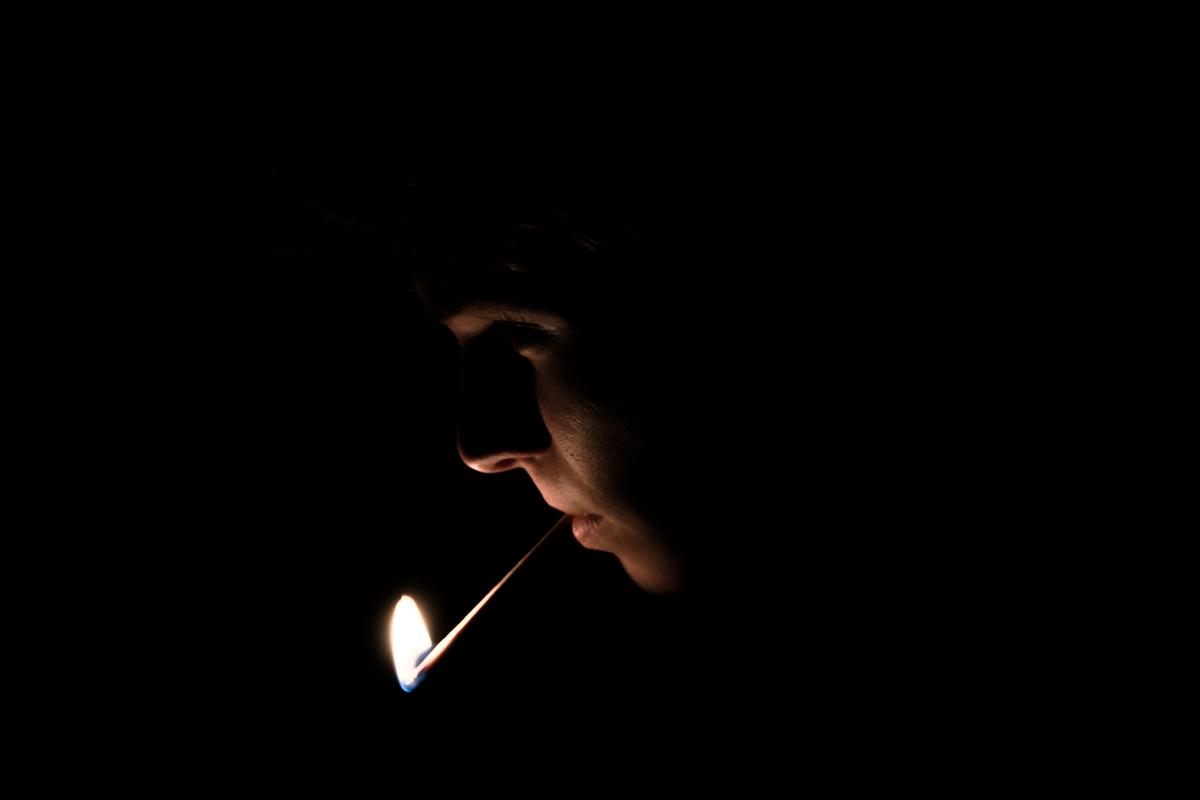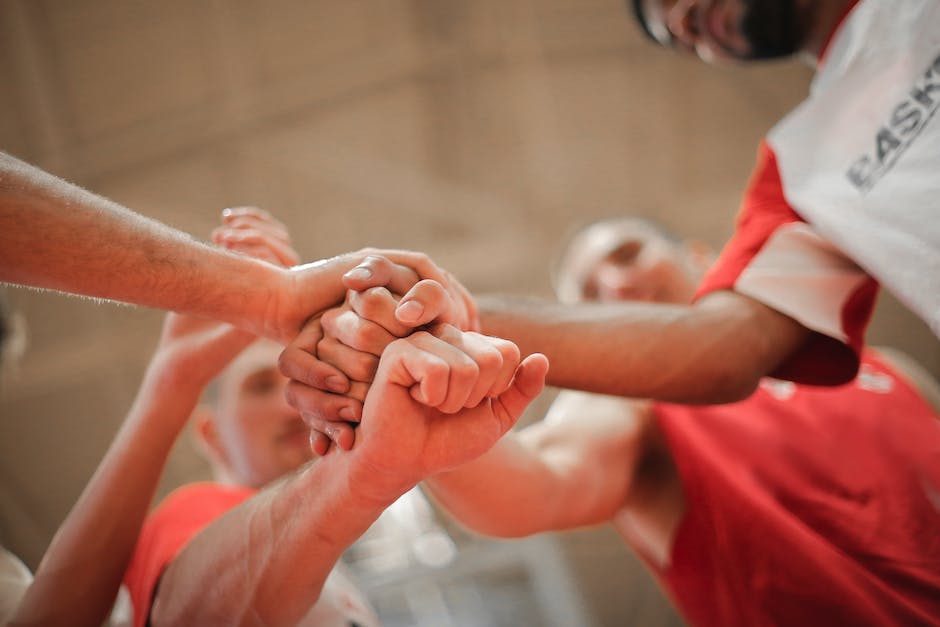Delving into the annals of sports history reveals riveting tales of how competitions often began with unassuming origins and then evolved into global extravaganzas. One such fascinating journey is that of the padel championships. Born in the vibrant landscapes of Mexico in 1969, nurtured in Spain, and subsequently spreading its wings across diverse continents, the padel championships have a compelling backstory, compelling enough to intrigue any sports enthusiast. This exploration not only uncovers the pioneering efforts behind the inception of the first padel championship but also serves as an insight into its unique format, rules and the determination of individuals who played pivotal roles, rendering this event a trademark of the sport.
History of the First Padel Championships
Introduction: A Hispanic Origin Game takes a Worldwide Leap
The first padel championships took root in the mid-20th century South America, predominantly in Mexico, where the game was invented by Enrique Corcuera in 1969. However, it wasn’t until the early 1970s when the game found its competitive form with the first organized championships kicking off, indicating the start of a growth trajectory for the sport across the globe.
Inception: Mexico’s Spark Ignites into a Spanish Flame
While a narrative holds that Corcuera had the first simple padel court built at his residence in Mexico, the inception of organized championships amped up in Spain – thanks to the initiative of Prince Alfonso of Hohenlohe. Having been introduced to the game by Corcuera during a visit to Mexico, Hohenlohe was instrumental in its propagation in Marbella Club, Spain, and eventually leading to the first championships.
Birth of First Padel Championships: Spain, 1974
Spain hosted the first padel championships in 1974, amplifying its popularity in an already sport-loving nation! The championships took place outdoors, with players and spectators experiencing the unique thrill that this blend of squash and tennis offered.
Initial Challenges: A Struggle for Global Recognition
Despite the surge in popularity of padel in Spain, global acceptance for the newly formed sport came with its fair share of challenges. Initially, the lack of a standardized set of rules and norms for organizing the game led to disparities among different tournaments. Plus, the need for a specialized court and unique equipment compared to existing racquet sports was a hurdle for its worldwide propagation.
Padel’s Journey: From Obscurity to Global Acceptance
The first padel championships were not just another sports event; they marked a significant shift in the world of racquet sports. From its humble beginnings in Spain, padel soon began to gain global recognition, challenging the established order. The Spanish Federation of Padel, established in 1991, set the ground rules and standards for this fast-spreading sport.
These initial championships led to essential changes in padel’s infrastructure. There was a clear recognition of the need for designated indoor and outdoor courts with suitable walls and netting. This not only gave the sport a unique identity but also contributed to its increasing acceptance worldwide.
However, it wasn’t just the infrastructure that evolved; the very perception of the sport underwent a seismic shift. The success of the first championships led to the first International Padel Federation (FIP) Championships in 1992, which firmly established padel as a sport worthy of international attention. Today, padel does not just belong to countries with Hispanic roots but is embraced by millions worldwide—a testament to the lasting impact of the first padel championship.

The Format and Rules of the Championships
Dissecting the Format: The Anatomy of Padel Championships
The International Padel Federation structured the first Padel Championships on a ‘knockout’ or ‘single elimination’ model, akin to many recognized tennis tournaments. This system essentially means that a participating player or pair is removed from the tournament as soon as they lose a match, thereby narrowing down the list until the last pair standing – the ultimate champions. This format, rigorous and uncompromising, ensured the tournaments were as thrilling as they were challenging.
Official Rules and Alterations Over the Years
Originally, the rules of the Padel Championships were designed to be simple and accessible. The game is played in doubles on an enclosed court, which is about one-third the size of a tennis court. The scoring system is the same as that of tennis, and matches are usually best of three sets.
Interestingly, over time, slight modifications were introduced in the rules to maintain the fairness and competitiveness of the games. For instance, the ‘Golden Point’ rule was introduced to end the even games swiftly, adding more excitement and unpredictability to the sport.
Player Eligibility and Qualification
To participate in the inaugural Padel Championships, players had to obtain qualifications through regional or national tournaments administered by their respective country’s Padel Federation. Additionally, players must also comply with the International Padel Federation’s guidelines for professional conduct and fair play.
Unique Features of the Championship
One of the unique aspects of the first Padel Championships was the ability to use the walls of the court, similar to squash gameplay. This element brought an additional layer of strategy and skill into the games, significantly adding to both the player’s and spectator’s experience.
Also, unlike tennis, where serves are a major weapon, in padel, serves must be underhand, making the game more about finesse and less about speed and power. Finally, another defining feature of the championship was its inclusivity – the tournament encouraged participation from both men and women, aiming to promote gender equality in sports.
Diving into the History of Padel Championships
A glance into the origins of the Padel Championships reveals a steadfast adherence to fundamental principles of simplicity, inclusivity, and impartiality. Through these ideals, the championships have not only introduced the sport to a global audience but have also carved out a distinct niche for padel within the wide realm of racket sports.

Photo by benlambertmedia on Unsplash
Notable Moments and Key Figures from the Championships
Padel: Making a Significant Impact
The inaugural padel championships elicited considerable interest from both sports buffs and the general public. Padel, an innovative amalgamation of tennis and squash, has been slowly but surely gaining recognition. These championship tournaments presented spectators with a captivating sneak preview into this adrenaline-inducing sport.
Key Moments from the Championships
One of the most notable moments during the inaugural padel championships was the face-off between the Spanish duo Juan Martin Diaz and Bela Belasteguin, and the Argentine team, Fernando Belasteguin and Pablo Lima. The thrilling clash was notably marked by Belasteguin’s stellar diving save in the final match, which eventually turned the tide for the Argentine team and earned them the championship title.
Another significant game-turning point was during the semi-finals where Mapi and Majo Sanchez Alayeto, affectionately known as the ‘Atomic Sisters’ from Spain faced Argentinian pair Lucia Sainz and Gemma Triay. The Sanchez sisters clawed their way back from a deficit to claim victory, demonstrating the grit and determination that padel demands.
Key Figures and their Influence
Fernando Belasteguin, fondly known as ‘Bela’, was a significant player in the first padel championships. His contribution to the game is enormous, having reigned as the world number one for an impressive 16 years. During the championships, his incredible athleticism and strategic acumen held spectators in awe and significantly influenced the competition’s outcome.
Another significant figure was Bella’s championship partner, Pablo Lima. Known for his power and precision, Lima’s spectacular court coverage complemented Bela’s aggressive style, making their team a formidable opponent.
Not to be overshadowed, the ‘Atomic Sisters,’ Mapi and Majo Sanchez Alayeto, significantly impacted the women’s division. From their unyielding efforts in the semi-finals to their nail-biting performance in the finals, the Sanchez sisters’ unique style of play combined power, precision, and coordination elevated the level of competition in the championships.
Last but not least, coaches and officials, often the unsung heroes of any sporting event, were key contributors to the success of the first padel championships. They ensured that the games ran smoothly, and the players could perform their best.
Championships’ Legacy
Even though the first padel championships ended with the Argentines and the Spanish duo standing atop the podium, their influence goes beyond the trophies. The event has been significant for bringing padel into the limelight and establishing it as a globally recognized sport. The thrilling matches, nail-biting finishes, and inspiring performances set a high bar for future championships, sparking interest and anticipation for the next chapter of this exciting sport.

As we navigate through the impacts, key moments, and influential personalities of the first padel championships, it becomes evident how far-reaching the ripple effects of this event have been. These championships have left an enduring imprint, inspiring scores of sporting enthusiasts worldwide, thereby contributing to padel’s continuous growth. Whether it’s a memorable shot that turned the match around or a rule that has since revolutionized the game, elements from these championships permeate the essence of the sport. As we appreciate these championships, we also acknowledge the groundwork they laid, paving the way for global padel tournaments and garnering the sport its rightful international recognition.